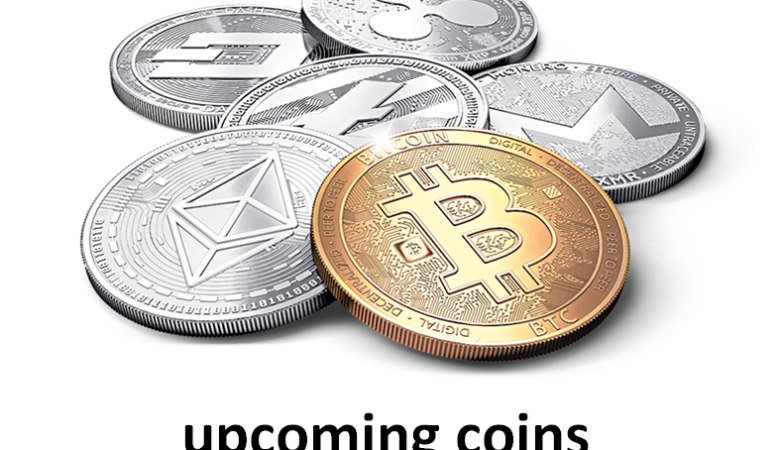Yuri Shekhovtsov, CIO of Norilsk Nickel, talks about the first results of using gamification, with the help of which the company is trying to involve IT staff more widely in innovation and digital transformation.
The digital transformation taking place in companies, not least of all, concerns the principles of working with personnel. Gamification plays a certain role in this process, which is increasingly used as a means of motivating employees. Norilsk Nickel did not become a pioneer here, however, within the framework of the last SAP Forum, the company presented an innovative product for intangible motivation of employees using the blockchain and Work Coin cryptocurrency. Yuri Shekhovtsov, CIO of Norilsk Nickel, talks about the first results of using gamification, with the help of which the company is trying to involve IT staff more widely in innovation and digital transformation.
– Gamification is increasingly used in companies, and even top management is gradually beginning to take it seriously. What is the path of this methodology at Norilsk Nickel?
Indeed, top management already considers gamification to be one of the tools for motivating staff. But for our company it is, rather, a tool for middle management, certain structures. In particular, it is applied in the recently established Shared Service Center (SSC). We, like many other companies, need non-financial incentives for employees to encourage them to be more creative and motivate. We use gamification quite successfully for this purpose.
We started working on the gamification system from last year. Now there is a centralization of IT personnel in the SSC, where they are already starting to work with employees in a new way.
Typically, companies gamify the learning process or the work of those departments whose processes fit best with the game patterns. For example, sales departments. What processes have you covered?
Oddly enough, this is also quite applicable to IT specialists. Especially when it comes to non-standard ideas, interesting solutions. It is customary to reward employees for this, we do it in a game format.
Rewarding innovation can be applied to any business unit that emphasizes unconventional approaches.
– Where did the idea to gamify the work of the IT department come from, in which direction the project will develop?
We are not the first to go with an internal insource, so the best practices and well-proven approaches are available to us to choose from. We are happy to use the most interesting ones. How, in addition to money, can you keep specialists in the company? Seemingly small things like gamification are very conducive to this. But it is very important that the cultural changes that occur during this process are supported by the business leaders.
Bringing together specialists within a single company is very convenient for making such changes. But replicating similar approaches across business units is likely to be more difficult. And because of the territorial distribution, and because of the presence of different legal entities.
If we talk about the development of the project, then in terms of the SSC, which covers personnel, accounting and IT personnel, the personnel motivation tools we are discussing are incorporated into the HR strategy.
In addition, now there is a new direction for us – a digital laboratory. Perhaps gamification will be applied here in production units. Where there is a mix of IT and business, gamification will definitely work.
– What is your role as a CIO in building a gamification system?
Any large company has many procedures that allow you to convert the accumulated virtual points into prizes and rewards. And must be technically ready for this.
– What platform was used to implement the system?
We have not reinvented the wheel – we are using a web portal. If a different platform is required, we will consider that option as well. But while the project is young, portal technologies are quite suitable for us.
Probably, there are ready-made cloud solutions, but you need to understand that each company has its own culture of interaction with employees. Approaches that stimulate some may not work for others. It will take adaptation, and it will take money and time.
– As you know, the main value of gamification is not the entertainment of staff, but the stimulation of correct behavior patterns.
Yes, gamification is not for fun. All projects have a very specific goal. For us, it consists in generating ideas and implementing them within departments. Much of the success depends on the target audience and the processes covered. For example, the learning process may simply consist of reading books, or it may become interactive, with the connection of virtual and augmented reality. If we talk about representatives of generations Y and Z, then they generally do not like to read, prefer video. They have a completely different worldview, but their knowledge is no less than that of people who read.
Recently an exhibition was held in Norilsk, where we presented augmented reality technology. There were a lot of ideas (in particular from electricians) regarding personnel training. It was proposed to train staff not using books – this is ineffective, but through the visual presentation of the material.
Moreover, the results of book learning have to be checked using a traditional exam, while the augmented reality system allows you to pass it electronically and in a game form. For a successfully mastered course, employees are rewarded with “coins”, which can then be somehow implemented.






Leave a Reply